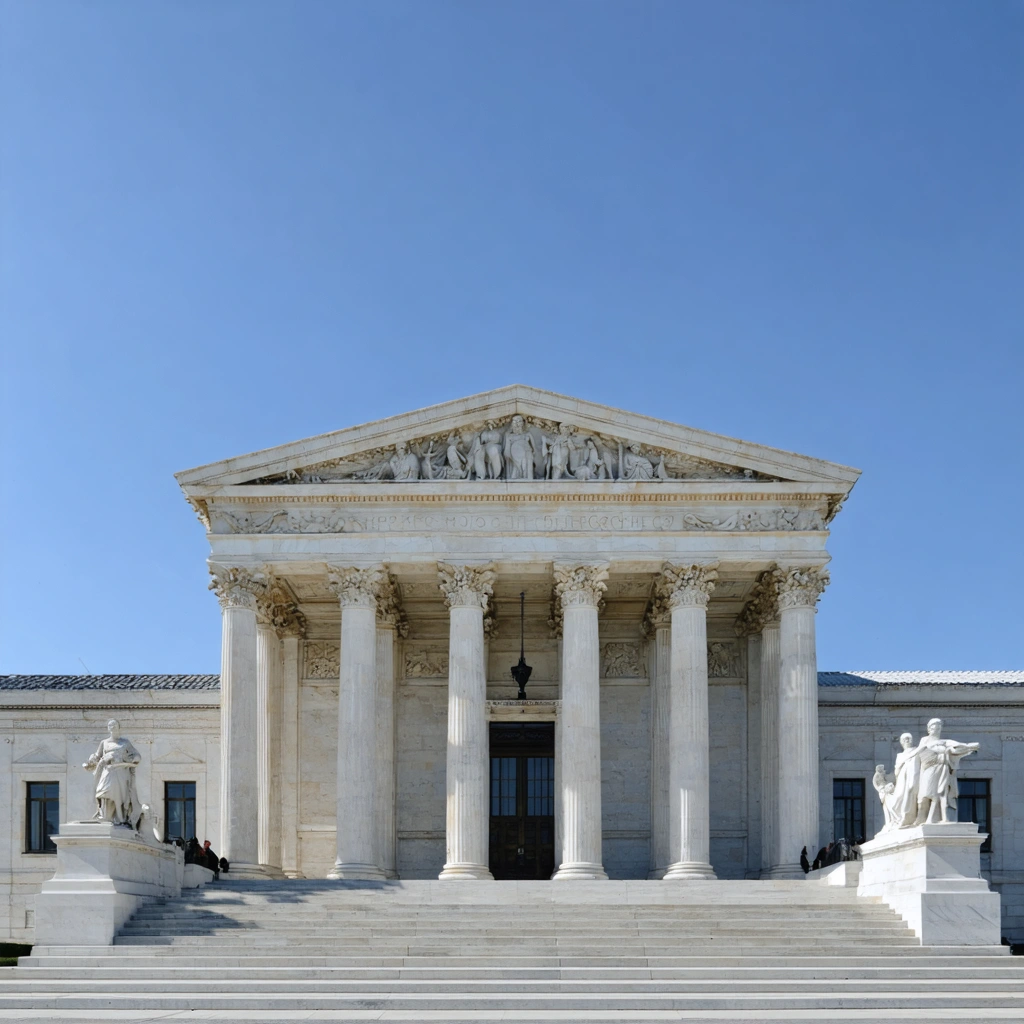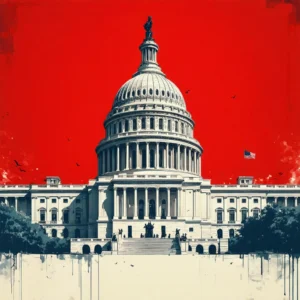
Introduction
In recent times, the Supreme Court of the United States has been increasingly involved in the administration of foreign aid. This involvement reflects the high-stake nature of foreign aid and other related issues on the national and international scene.
The Role of the Supreme Court in Foreign Aid Administration
The Supreme Court, as the apex judicial institution in the United States, holds significant influence over many aspects of public policy, including foreign aid. This influence stems from its constitutional mandate to interpret the law and its authority to issue rulings that can alter the course of policy implementation.
Case Study: The Trump Foreign Aid Freeze
A recent case that exemplifies the Supreme Court’s role in foreign aid is the Trump foreign aid freeze. As reported by Paulin Kola of BBC News, the Supreme Court Chief, Justice Roberts, ruled that the freeze would remain in place for the time being. This decision was pivotal, as it affirmed the executive branch’s power to implement policy decisions even in the face of legal challenges.
Impact on Other Agencies
Perry Stein of The Washington Post reported that the Justice Department is preparing for court battles as President Trump slashes budgets for other agencies. As the Supreme Court upholds the foreign aid freeze, these agencies may face more significant challenges in the future.
Implications of the Supreme Court’s Involvement
Political Implications
Political observers have noted how the Supreme Court’s decisions can reflect and shape the broader political climate. Edith Olmsted of The New Republic argues that the court rushed to President Trump’s rescue on the issue of foreign aid cuts. This move, she suggests, raises questions about the court’s political independence.
Legal Implications
The Supreme Court’s rulings can also set important legal precedents. As Steve Vladeck of One First points out, Chief Justice Roberts’s stay in the foreign aid funding cases could have substantial implications for how similar cases are handled in the future.
Social Implications
The court’s decisions can have wide-ranging social impacts. For example, Mary Ziegler of Slate discusses how a Montana bill related to trafficking shows the endgame for abortion rights foes.
Conclusion
The Supreme Court’s involvement in the administration of foreign aid underscores the complexity and importance of this issue. As the court continues to weigh in on these matters, it will be critical to understand the implications of its decisions. Source: The morning read for Friday, Feb. 28







